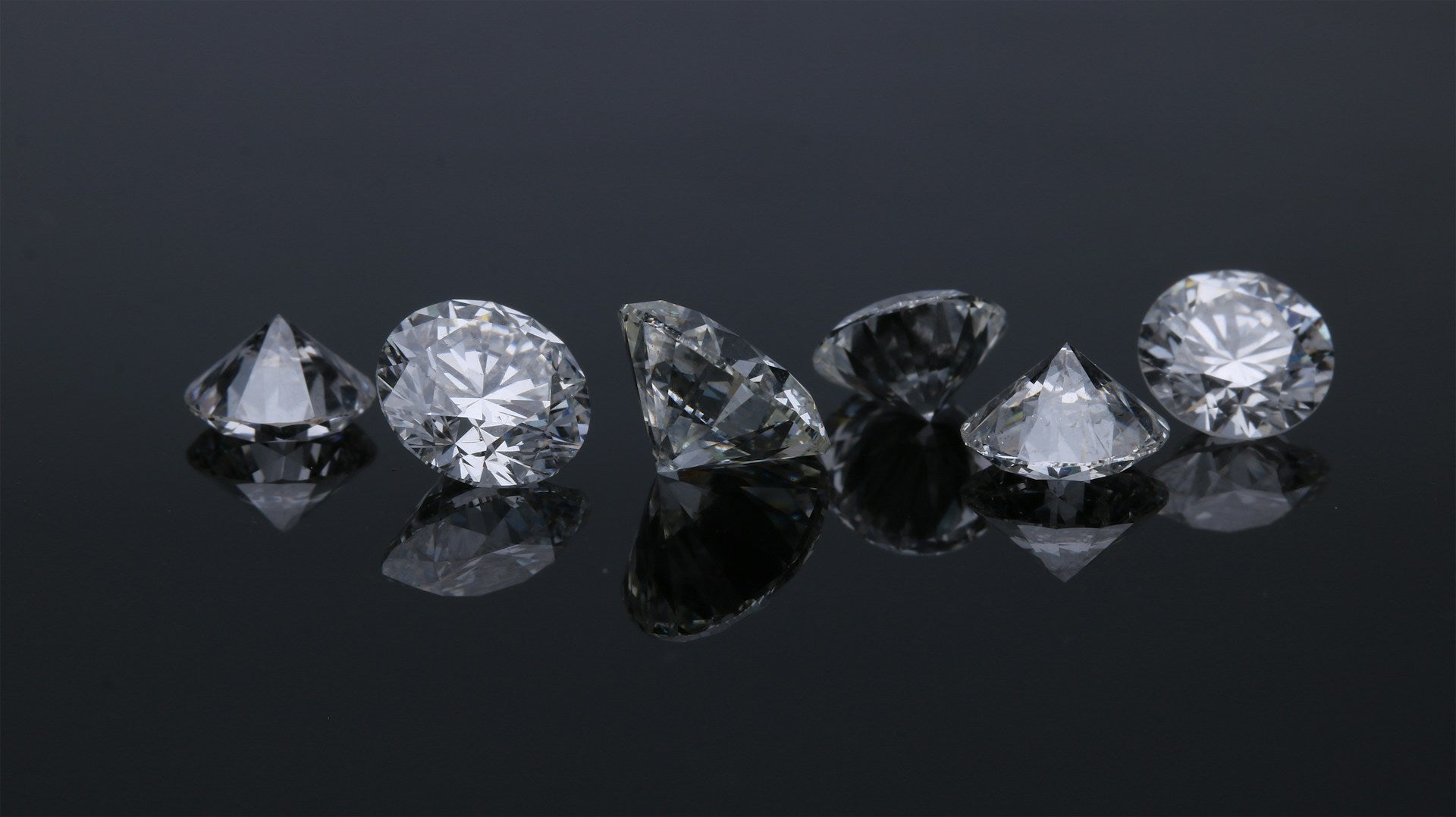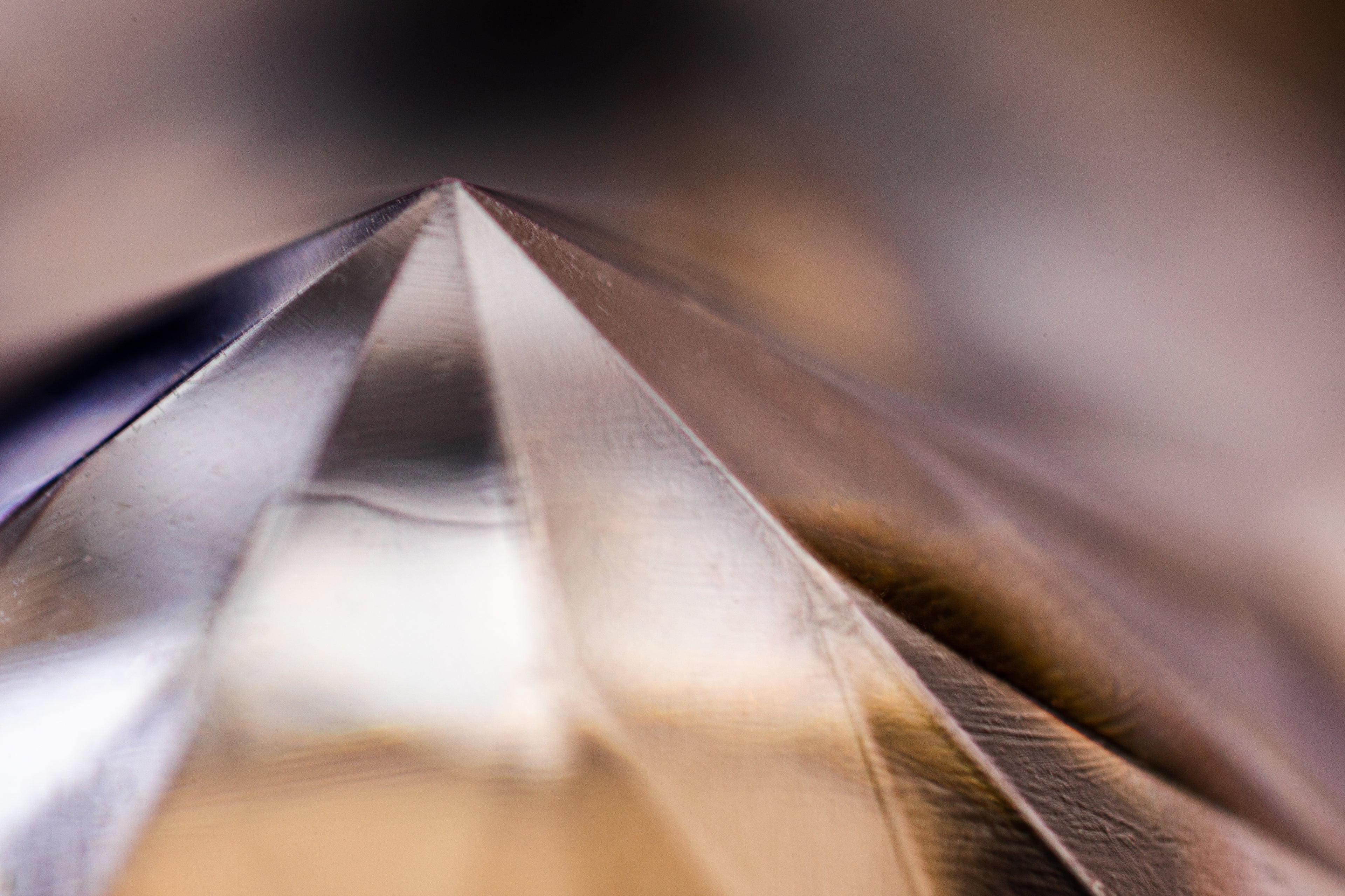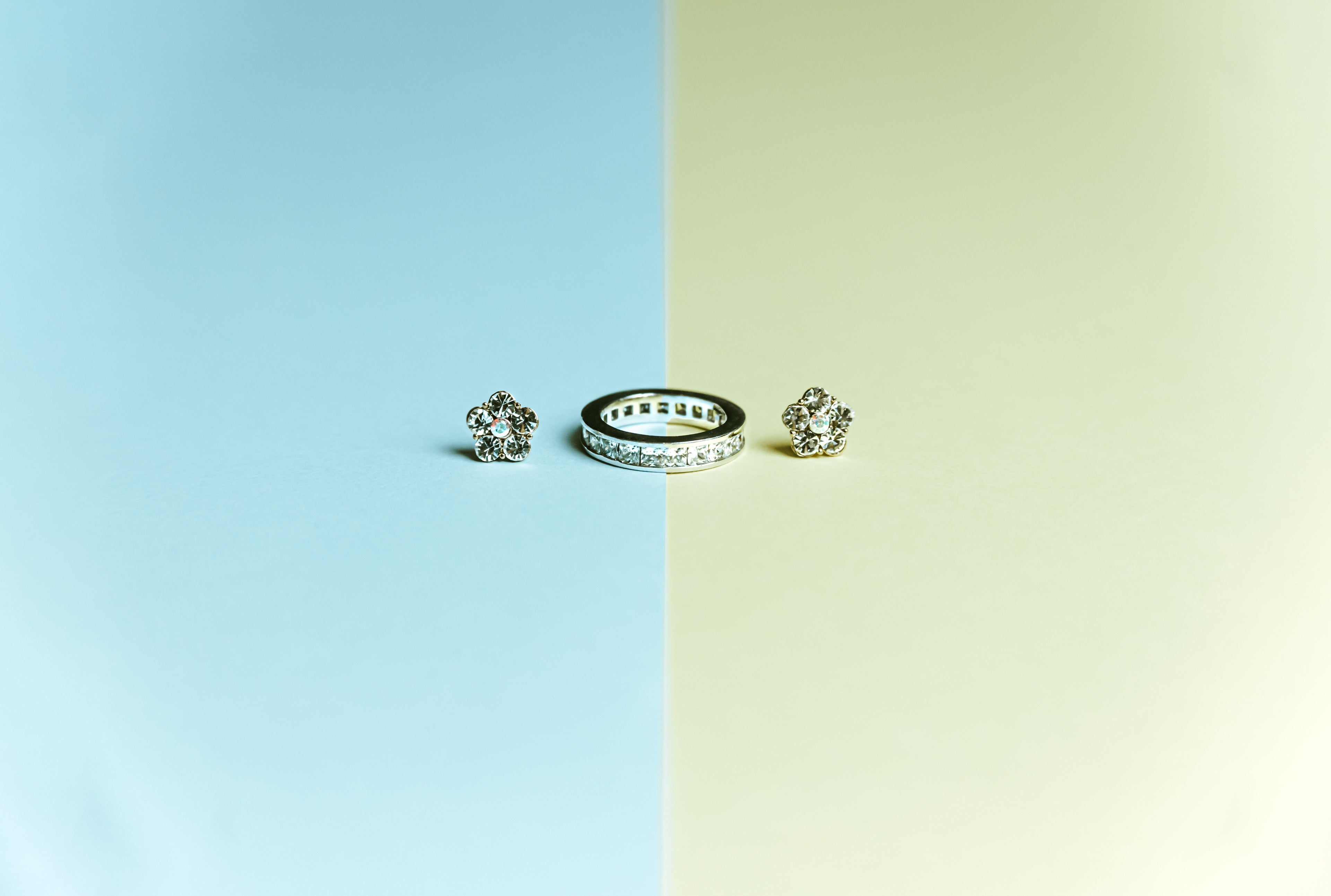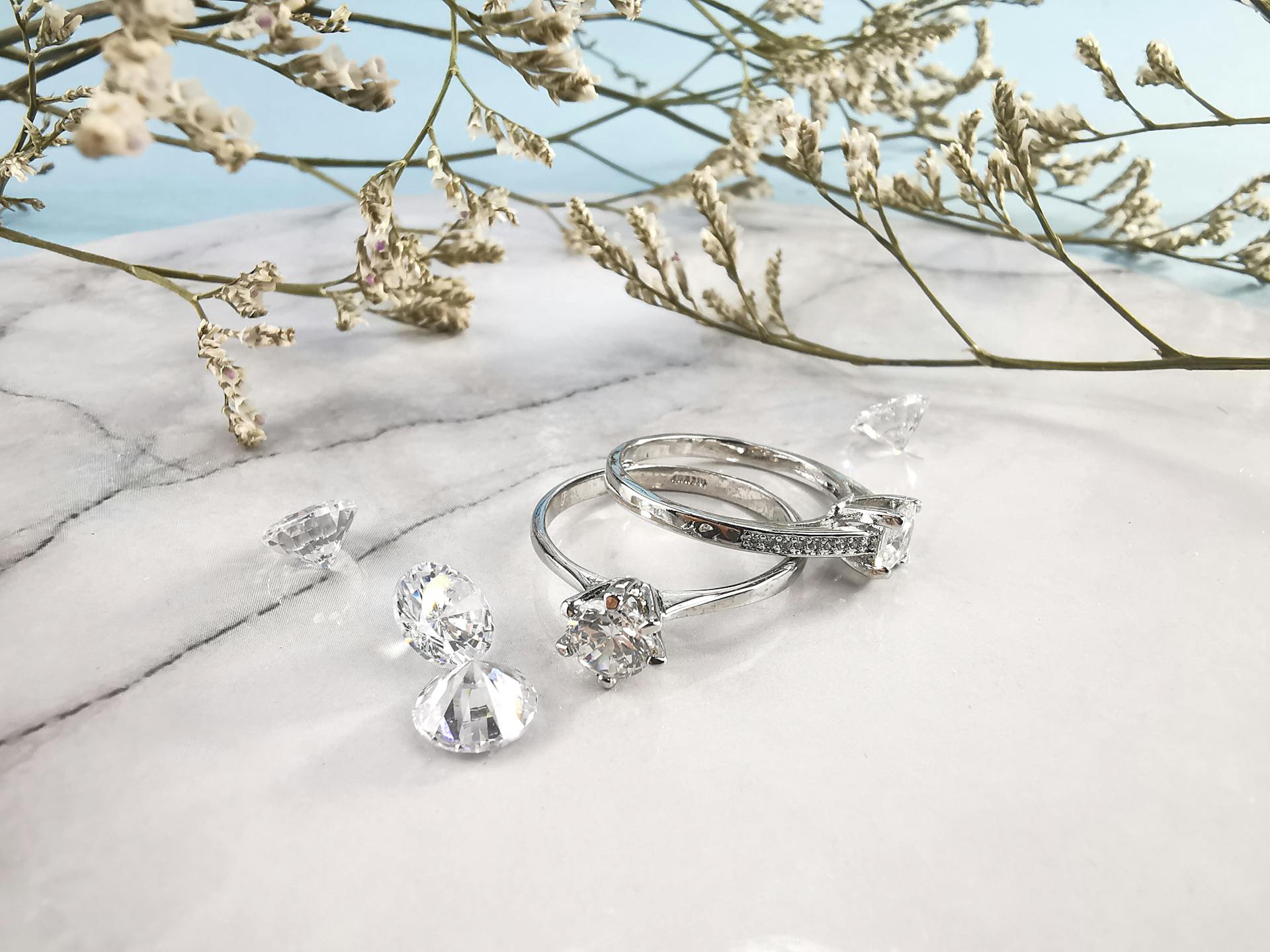Learn about Diamonds

The Four Cs
Diamonds are graded based on the 4 Cs which were created by the gemstone grading laboratory, GIA. It allows people with little or no knowledge to pick a diamond that would both fit their budget, whilst being able to set a realistic expectation of the price of such a stone.
Carat
Referring to the weight of the gemstone, the carat weight is, arguably, the most important C to look at when purchasing a diamond as it has the biggest impact on the price. As the carat weight of a stone increases, the price increases exponentially, most notably at every 0.5ct and 1ct interval. Therefore, it is actually ideal to buy slightly below a half or full carat weight, as it potentially save you hundreds of dollars.

Clarity
The clarity of a stone refers to the number of inclusions and milky tones (a white tone that severely impacts a stone’s lustre) that are visible in a diamond. As diamonds are made of carbon, it is common to have small black inclusions that are carbon that hasn’t been converted into diamond. With correct planning and cutting techniques, inclusions can be hidden between the facets of the gemstone.
NOTE: Most lab diamonds boast a VS (Very Slightly Included) clarity rating, which means that the inclusions in the stone cannot be seen by the naked eye.

Cut
The cut of a stone is as important as the carat weight when it comes to buying a gemstone. The size of the facets and the angles at which they are situated can be the difference between an ‘okay’ stone and a sparkling beauty. Most diamond cuts typically aren’t graded, as the facets on the pavilion (the bottom half) can be modified slightly to increase a stone’s lustre, or in the case of coloured diamonds, can increase the colour’s brilliance. The round brilliant cut is always graded from ‘Very Poor’ to ‘Ideal’, however, the difference between an ‘Excellent’ cut and an ‘Ideal’ cut isn’t too noticeable, so take that into account when you are purchasing your diamond as the price difference between the two cut grades may not be worth the increase in lustre and overall appearance of a stone.
For other shapes of gemstone, the grades that you should be looking at are symmetry, and polish. These are equally as important in round cut diamonds, but the cut grade should be your to priority.

Colour
The colour of a gemstone refers to the shade that the stone appears to have, this difference in colour is actually made by elements other than carbon that have been trapped in the crystal lattice of the diamond (most commonly Nitrogen). The colour of ‘normal’, ‘colourless’ diamonds is graded on a scale of D to Z, with D being regarded as colourless, G to J being near-colourless, K to M being faint -yellow, N to R is very light yellow, and anything above S is light yellow.
The coloured diamonds are created with the inclusions of the following elements (the more of each element in the lattice, the more intense the colour):
Yellow and Orange: Nitrogen
Blue: Boron
Green: Sulphur
Red and Pink diamonds are created by tiny imperfections in the crystal lattice that comprises the diamond, the more imperfections, the more red the diamond becomes.


Made with care and unconditionally loved by our customers.
